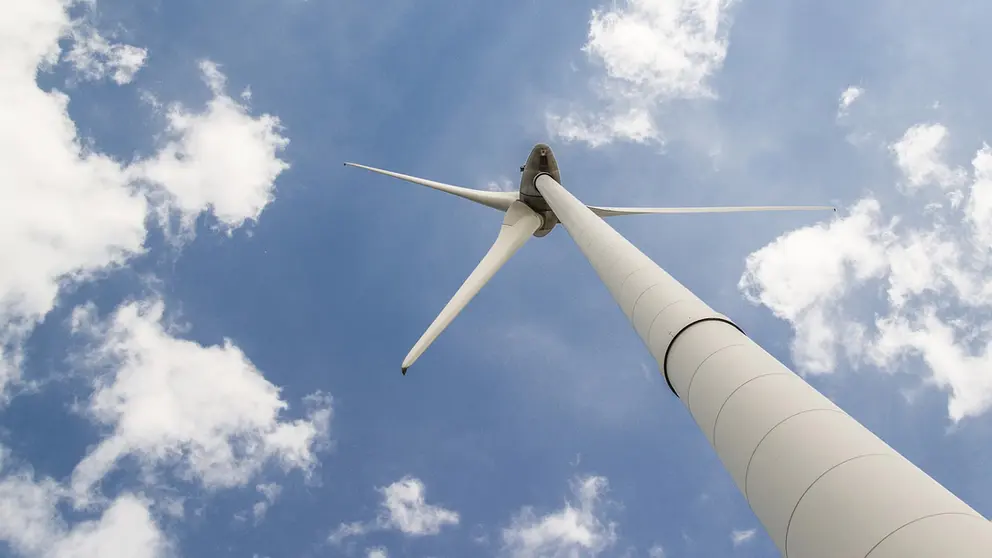Finland's consumption of hard coal decreased by 36% in January to March 2020 compared with the corresponding period of last year.
According to Statistics Finland, the consumption of hard coal as a fuel in the generation of electricity and heat amounted to 0.64 million tonnes, corresponding to 16 petajoules in energy content. In January to March, 58% less hard coal was consumed than on average during this millennium.
Compared with the average for the last five years, 42% less hard coal was consumed in the first quarter of 2020. Compared with one year ago, the consumption of hard coal contracted most in January, by 51%.
Milder winter
The decrease in the consumption of hard coal has been caused by the milder early part of the year than last year, the growth in production of wind power and the abundant water situation in Nordic countries.
Consumption of hard coal has decreased in plants that principally produce electricity and heat, and in 2019, the use of hard coal has also been totally discontinued in some plants’ boilers.
The coronavirus epidemic is not believed to have influenced the consumption of hard coal in this period.
Seasonal fluctuation
Hard coal consumption in Finland typically fluctuates seasonally. Some of the fluctuation is explained by the natural variation in the need for electricity and heat between the summer and winter seasons.
The difference between statistical reference years is explained by variations in the demand for heating energy and the Nordic water situation, which particularly influences the electricity exchange price and thus the demand for separate production of electricity as well. Therefore, long-term consumption development cannot be deducted from the change in hard coal consumption in successive years.
At the end of March 2020, the stocks of coal amounted to 1.5 million tonnes, which represented a decrease of 17% relative to the stocks at the end of December. Compared with one year back, the stocks were 3% lower.











